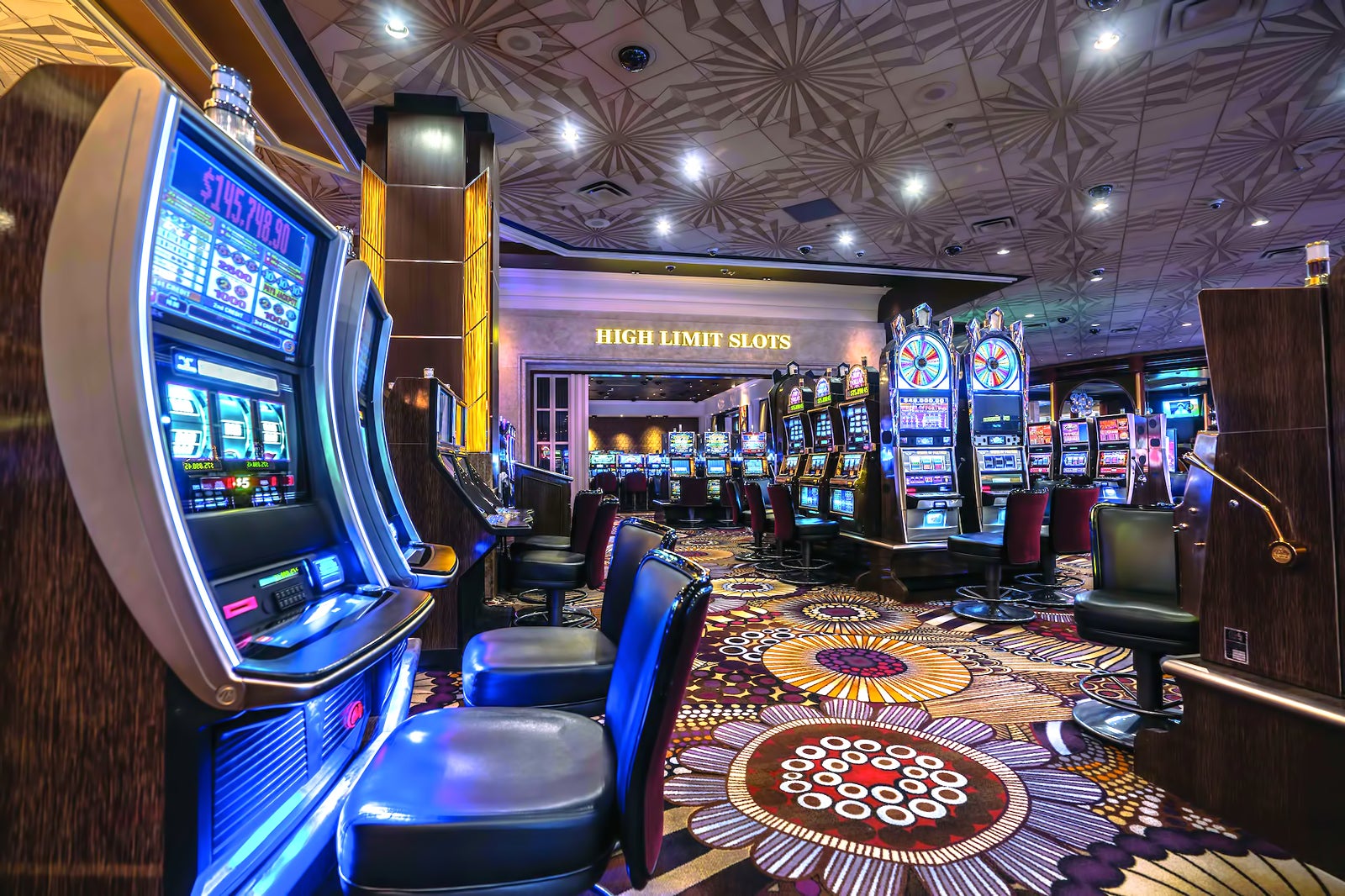
Within the dynamic and exciting world of casinos, where luck and strategy intertwine, color and design play a critical role in attracting players. As soon as visitors step into a casino or access a gaming platform, they are immersed in a visual feast that captures their attention and entices them to explore more. Bright colors, captivating graphics, and innovative layouts are carefully crafted to create an environment of excitement and expectation, ultimately enhancing the gaming experience.
As gamblers move through the dynamic landscape of casino games, they come across a range of designs that not only serve visual purposes but also affect emotions and decision-making. Colors like scarlet and yellow symbolize wealth and fortune, while calm blues and greens can create a more tranquil environment. Understanding how these elements function together enables casinos to create an welcoming and energizing atmosphere that encourages players to engage with the games, spend more time at the tables, and increase their general enjoyment.
The Psychology of Tint in Gambling Games
Tint plays a critical role in the development of casino games, influencing player emotions and responses. Lively and bold hues, such as red and yellow, are often used to stimulate excitement and draw attention. These shades create a sense of pressure and energy, encouraging participants to involve themselves more readily with the activity. By intentionally selecting colors, designers aim to elicit feelings of satisfaction and anticipation, which can enhance the complete game experience.
Distinct hues also have psychological associations that can affect how participants perceive their possibilities of winning. best non GamStop casinos For example, lime is frequently associated with fortune and wealth, making it a well-liked choice in activities like the roulette wheel and poker games. This association can cause gamblers to feel more optimistic and self-assured in their gaming, ultimately motivating them to wager more. Grasping these links allows game designers to craft environments that enhance player satisfaction and loyalty.
Furthermore, the design of gaming interfaces often uses gradients and opposing shades to guide players’ responses. For instance, winning outcomes may be highlighted with striking, opposing hues, creating a visual incentive. This method reinforces positive outcomes and supports repeated participation. By exploiting the psychology of color, gambling establishments can design activities that not only attract participants but also keep them interested and dedicated in their gaming experience.
Creative Elements that Attract Players
The aesthetic appeal of casino games is largely influenced by the implementation of bold colors. Lively and contrasting colors are deliberately chosen to create an inviting atmosphere that captures interest. For example, crimson and golds often signify good fortune and wealth, which is why they are common in the palettes of gaming machines and game surfaces. These colors not only draw players in, but they also evoke emotions associated with excitement and expectation, enhancing the overall gaming experience.
In parallel to color, the aesthetic and organization of gambling games play a crucial role in player attraction. Games are designed to be intuitive, ensuring that players can easily understand the guidelines and mechanics. User-friendly interfaces, along with engaging graphics and motion, help maintain player interest and encourage longer play sessions. The physical elements, such as the feel of the controls and the sounds of the games, also add to a comprehensive sensory experience that keeps players engaged.
Finally, conceptual elements in game design can significantly influence gaming decisions. Many casino games are inspired by media, fairy tales, or exploration motifs, incorporating symbols and characters that connect with players. These themes create a sense of engagement and connection, making each game feel unique. When players feel a connection to the concept, they are more likely to choose that game over others, leading to increased participation and excitement within the casino environment.
Case Studies: Notable Gambling Table Game Designs
One prime example of impressive casino game design is the popular slot machine series based around blockbuster movies. Games such as those based on the Wizard of Oz and Game of Thrones utilize vibrant colors and superior graphics to immerse players in well-known narratives. The employment of dynamic visuals and engaging sound effects takes the interest of players, building an affective connection to the theme. This strategy not only encourages longer play but also boosts the overall gaming experience, yielding increased player retention.
Another successful case is the use of the psychology of color in table games like 21 and roulette. Casinos often design these games with rich reds and greens, colors traditionally linked with luck and wealth. For instance, the green felt on a blackjack table provides a soothing effect, while the red accents in roulette invite anticipation. This intentional use of color helps to establish an inviting atmosphere that motivates players to participate, satisfying their psychological impulses and increasing their enjoyment.
Finally, online casino games that include community features and bright, lively designs have achieved remarkable success in engaging players. Games like Zynga Poker and Slotomania leverage bright colors and playful animations to create an inviting online environment. The addition of leaderboards, social sharing options, and in-game rewards fosters competition and community, attracting players in for longer sessions. Such designs merely make the games visually appealing but also emphasize social connectivity, a crucial factor in player retention and engagement within digital casino environments.
